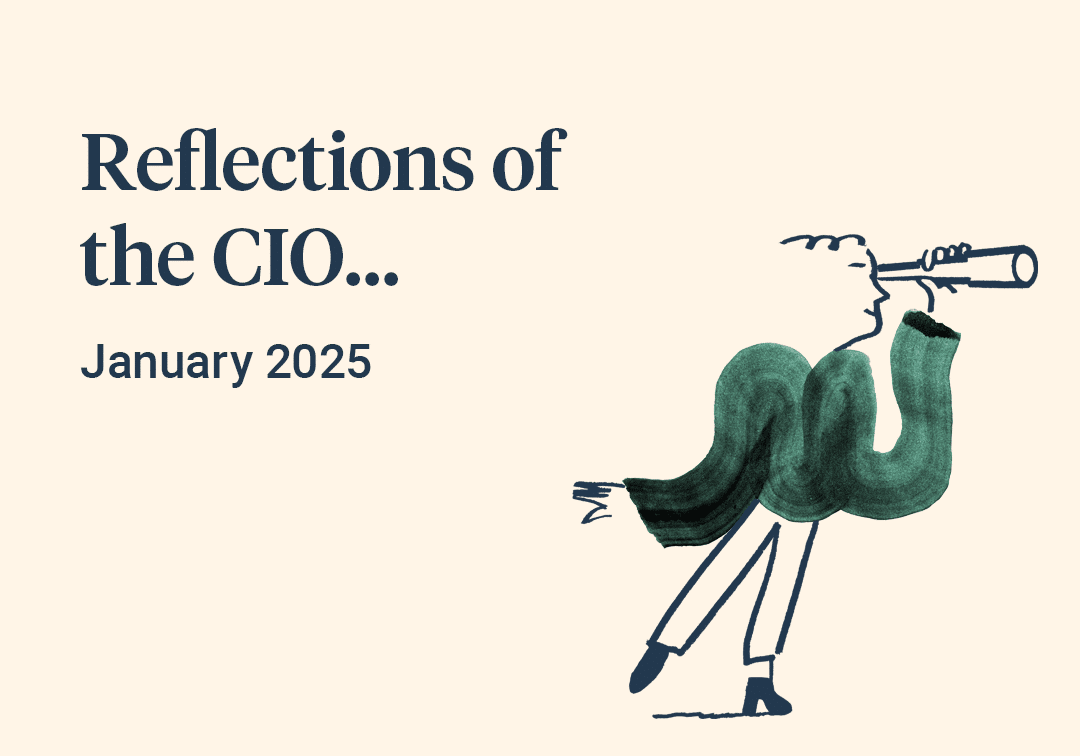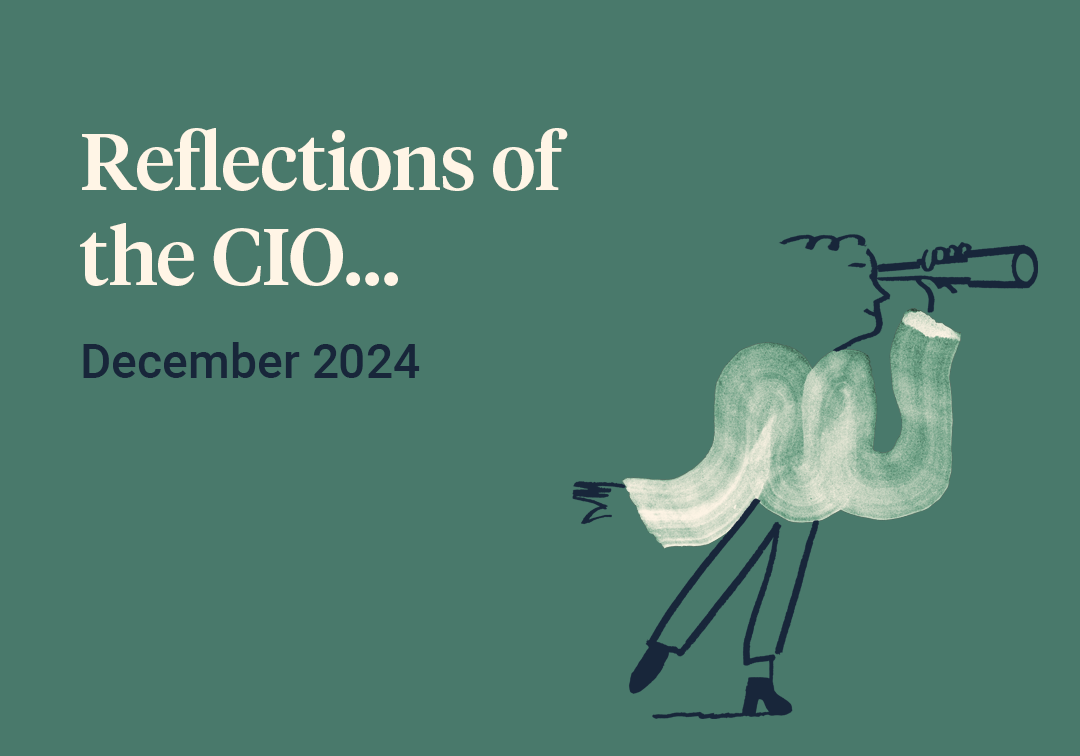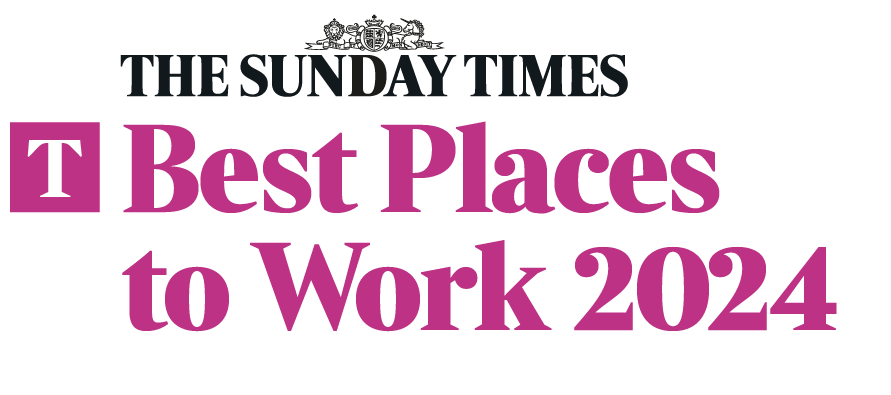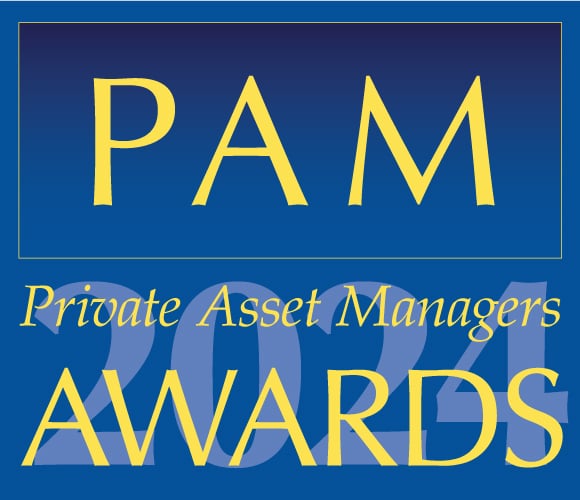A fragile consolidation
Last week brought the most extraordinary month we have ever seen to an uneasy close. Markets first waxed and then waned as investors moved from a period which was spent largely in survival mode, into one where hopefully damage assessment and rebuilding can begin. Underneath the surface sentiment remains fragile and price movements erratic, but then again that is to be expected and such features usually offer up as many potential rewards as they do risks.
Overall, the imaginative efforts of global central banks and government treasury departments have combined to help most assets recover from the widespread and deep falls of mid-March. Although it is hard to measure, we think that most of the technical selling pressure that produced the quickest ever collapse has now also largely exhausted itself. A firm basis for recovery could not be established until these elements had come together and the fact that they have all happened so quickly is a welcome positive.
“Overall, the imaginative efforts of global central banks and government treasury departments have combined to help most assets recover”
Last week also saw some pockets of normality appearing in certain markets, albeit only those where central banks had been intervening heavily. Government bonds, parts of mortgage and investment grade credit markets were all active and trading more smoothly than in previous weeks. Stronger companies are easily able to refinance and even some of the weaker industries, such as cruise ships, are cobbling together rescue packages, albeit at eyewatering levels of interest.
As we have said above, these early and aggressive interventions by the ‘authorities’ were necessary to help markets stabilise after absorbing the enormous shock that the coronavirus epidemic has brought with it. The interventions are also, by and large, having the desired effect. Unfortunately, they won’t be enough on their own to drive a sustainable recovery. For that to happen we will need to see a peak in coronavirus infection rates, so that a more accurate assessment of the economic damage caused by social distancing polices can be priced in.
Do you need help managing your investments?
Our team can recommend an investment strategy to meet your financial objectives and give you peace of mind that your investments are in good hands. Get in touch to discuss how we can help you.

Until that point investors will have to absorb a long and horrible list of datapoints, describing in excruciating detail just how deep the damage has been. To give just one of the most recent examples, nearly 10 million Americans have filed jobless claims in the last two weeks, a scale of job losses so far outside the statistical norm that no textbook ever conceived that it would be possible.
“Unfortunately, they won’t be enough on their own to drive a sustainable recovery. For that to happen we will need to see a peak in coronavirus infection rates”
Although it can be easy to forget this in our current environment, infection rates will eventually peak. Perhaps by the end of April or May, allowing Western economies to begin some form of recovery by summer. It is also easy to overlook that this health crisis happened simultaneously with an oil crisis, which has continued to rumble along in the background, eroding sentiment and preventing commodity markets from stabilising. Although we have zero insight into OPEC thinking, we note that there will be a virtual meeting of oil ministers this week and some early signals are emerging that a truce could be called between the warring parties. If that happens it will be a powerful force for stability in emerging markets and a positive ripple effect elsewhere.
“We do think there is enough momentum building to begin shaping portfolios quietly to take advantage of the opportunities that are popping up.”
It’s also fair to say that parts of the bond market are already thinking ahead, pricing in a time when inflation picks up and interest rates begin to rise. History and experience tell us that there is never just one indicator of a bottom after a crisis, more of a gradual alignment in several necessary factors that eventually have sufficient weight to cancel out the negatives. We are in the period where those factors are beginning to gel together and although they don’t have enough weight to move the needle just yet, we do think there is enough momentum building to begin shaping portfolios quietly to take advantage of the opportunities that are popping up.
Forward thinking
Last week we described how we had begun the process of rebalancing portfolios to ensure that we have everyone closely aligned to the risk profile they are happy with. In general, this involved taking profits in areas of resilience (gold, gold miners, government bonds and macro trading funds) to direct cash into areas where we see better long run opportunities (equities, convertible bonds and possibly some areas of corporate credit). We have begun to nibble a little in those areas where we see the best value on a longer-term view, which it is worth re-iterating is at least three years for all client portfolios.
It’s also important to say again that we are not in a hurry to spend this cash, but we do want to have it available in the right place for the time when we do want to spend it. That time will probably be over the next quarter and will undoubtedly involve investing through periods of further drawdown and volatility. We will continue to be guided by an investment process that encourages us to lift our focus from today and to concentrate instead on what the best decisions are from the perspective of at least three years in the future.
“We have begun to nibble a little in those areas where we see the best value on a longer-term view, which it is worth re-iterating is at least three years for all client portfolios.”
As mentioned last week, we are fortunate that our industry lends itself to working online and by phone, and although we are all aware just how strange current circumstances are, it is not impacting our ability to do our core job of managing your portfolios. We continue to open new plans and service existing accounts as usual and last week placed an additional 1,236 trades to invest inflows (thank you!).
As always, we welcome your feedback and will write to you again shortly in the quarterly reports. Until then we hope you, your family and your friends remain safe.
On behalf of the Saltus Investment Committee, 6 April 2020
Saltus Asset Management Ltd is authorised and regulated by the financial conduct authority. Information is correct to the best of our understanding as at the date of publication. Nothing within this content is intended as, or can be relied upon, as financial advice. Capital is at risk. You may get back less than you invested.
Do you need help managing your investments?
Our team can recommend an investment strategy to meet your financial objectives and give you peace of mind that your investments are in good hands. Get in touch to discuss how we can help you.

Article sources
Editorial policy
All authors have considerable industry expertise and specific knowledge on any given topic. All pieces are reviewed by an additional qualified financial specialist to ensure objectivity and accuracy to the best of our ability. All reviewer’s qualifications are from leading industry bodies. Where possible we use primary sources to support our work. These can include white papers, government sources and data, original reports and interviews or articles from other industry experts. We also reference research from other reputable financial planning and investment management firms where appropriate.
The views expressed in this article are those of the Saltus Asset Management team. These typically relate to the core Saltus portfolios. We aim to implement our views across all Saltus strategies, but we must work within each portfolio’s specific objectives and restrictions. This means our views can be implemented more comprehensively in some mandates than others. If your funds are not within a Saltus portfolio and you would like more information, please get in touch with your adviser. Saltus Asset Management is a trading name of Saltus Partners LLP which is authorised and regulated by the Financial Conduct Authority. Information is correct to the best of our understanding as at the date of publication. Nothing within this content is intended as, or can be relied upon, as financial advice. Capital is at risk. You may get back less than you invested. Tax rules may change and the value of tax reliefs depends on your individual circumstances.
Related blog posts
About Saltus?
Find out more about our award-winning wealth management services…
Winner
Top 100 Fund Selectors 2024
Winner
Best Places to Work 2024
Winner
Best Financial Advisers to Work For
Finalist
Investment Performance
£7.5bn+
assets under advice
20
years working with clients
300+
employees
97%
client retention rate








